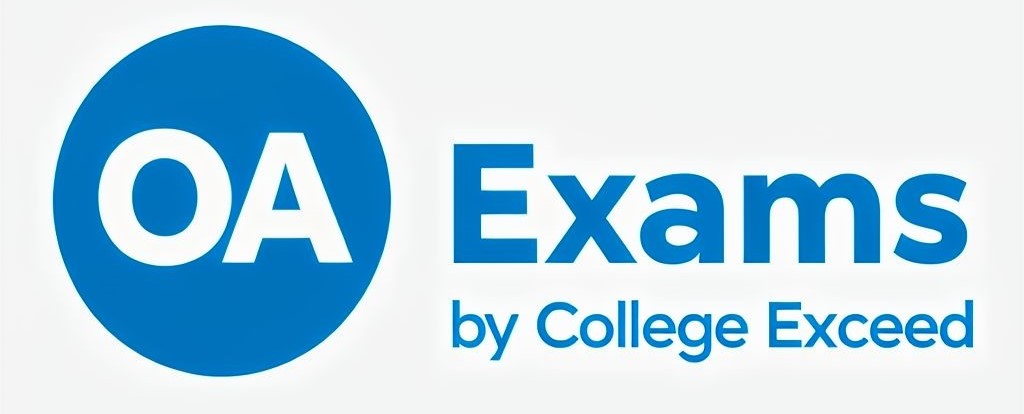-
web.groovymark@gmail.com
- November 15, 2024
Question 41
Which of the following is true for a square matrix to be invertible?
a) It must have a non-zero determinant
b) It must have a zero determinant
c) It must have no rows or columns of zeros
d) It must be symmetric
Correct Answer: a) It must have a non-zero determinant
Explanation: A square matrix is invertible if and only if its determinant is non-zero, meaning it has a unique inverse matrix.
Question 42
Which of the following best describes a singular matrix?
a) A matrix that has no inverse
b) A matrix that is its own inverse
c) A matrix that has all identical rows
d) A matrix that has all identical columns
Correct Answer: a) A matrix that has no inverse
Explanation: A singular matrix is a square matrix that does not have an inverse, typically because its determinant is zero.
Question 43
What is Gaussian elimination used for?
a) Solving systems of linear equations by reducing a matrix to row echelon form
b) Solving systems of linear equations by multiplying matrices
c) Finding the determinant of a matrix
d) Finding the inverse of a matrix
Correct Answer: a) Solving systems of linear equations by reducing a matrix to row echelon form
Explanation: Gaussian elimination is a method used to solve systems of linear equations by reducing a matrix to row echelon form through a series of row operations.
Question 44
What is the pigeonhole principle used for in combinatorics?
a) Proving that if more items than containers are available, at least one container must contain more than one item
b) Proving that if fewer items than containers are available, each container holds one item
c) Proving that every possible combination of items fits into the containers
d) Proving that there are more containers than items
Correct Answer: a) Proving that if more items than containers are available, at least one container must contain more than one item
Explanation: The pigeonhole principle is used to demonstrate that if there are more items than containers, at least one container must hold more than one item.
Question 45
Which of the following best describes a path in graph theory?
a) A sequence of vertices connected by edges, with no repeated vertices
b) A sequence of vertices connected by edges, where vertices and edges can be repeated
c) A sequence of vertices where all vertices are adjacent
d) A sequence of edges where all edges are adjacent
Correct Answer: a) A sequence of vertices connected by edges, with no repeated vertices
Explanation: A path in graph theory is a sequence of vertices connected by edges, where no vertices are repeated.
Question 46
Which of the following describes a non-connected graph?
a) A graph where there is at least one vertex that cannot be reached from any other vertex
b) A graph where all vertices are reachable from any other vertex
c) A graph that has only one vertex
d) A graph that has more edges than vertices
Correct Answer: a) A graph where there is at least one vertex that cannot be reached from any other vertex
Explanation: A non-connected graph contains at least one vertex that cannot be reached from any other vertex, indicating the presence of separate components.
Question 47
What is the primary use of a depth-first search (DFS) algorithm in graph theory?
a) To explore a graph by visiting all vertices and edges in a linear order
b) To find the shortest path between two vertices
c) To explore as far as possible along each branch before backtracking
d) To find all cycles in a graph
Correct Answer: c) To explore as far as possible along each branch before backtracking
Explanation: Depth-first search (DFS) is used to explore a graph by going as deep as possible down one path before backtracking, effectively visiting vertices and edges in a depthward motion.
Question 48
Which of the following is true for a breadth-first search (BFS) algorithm?
a) It explores the graph layer by layer, visiting all neighbors at the present depth before moving on
b) It only explores the graph along a single path until it reaches a dead end
c) It finds the longest path in a graph
d) It is not suitable for finding the shortest path between two vertices
Correct Answer: a) It explores the graph layer by layer, visiting all neighbors at the present depth before moving on
Explanation: Breadth-first search (BFS) explores a graph by visiting all vertices at the current depth level before moving on to vertices at the next depth level, effectively traversing the graph in a layer-by-layer fashion.
Question 49
In the context of graph theory, what is a clique?
a) A subset of vertices such that every two distinct vertices are adjacent
b) A subset of vertices with no edges connecting them
c) A path that visits every vertex exactly once
d) A vertex that connects to all other vertices
Correct Answer: a) A subset of vertices such that every two distinct vertices are adjacent
Explanation: In graph theory, a clique is defined as a subset of vertices in which every two distinct vertices are adjacent, meaning there is an edge connecting every pair of vertices within the clique.
Question 50
Which of the following statements about trees is true?
a) A tree is a connected graph with no cycles
b) A tree is a disconnected graph with cycles
c) A tree can have more than one root
d) A tree must have at least two vertices
Correct Answer: a) A tree is a connected graph with no cycles
Explanation: A tree is defined as a connected graph that does not contain any cycles, making it a special type of acyclic graph.


